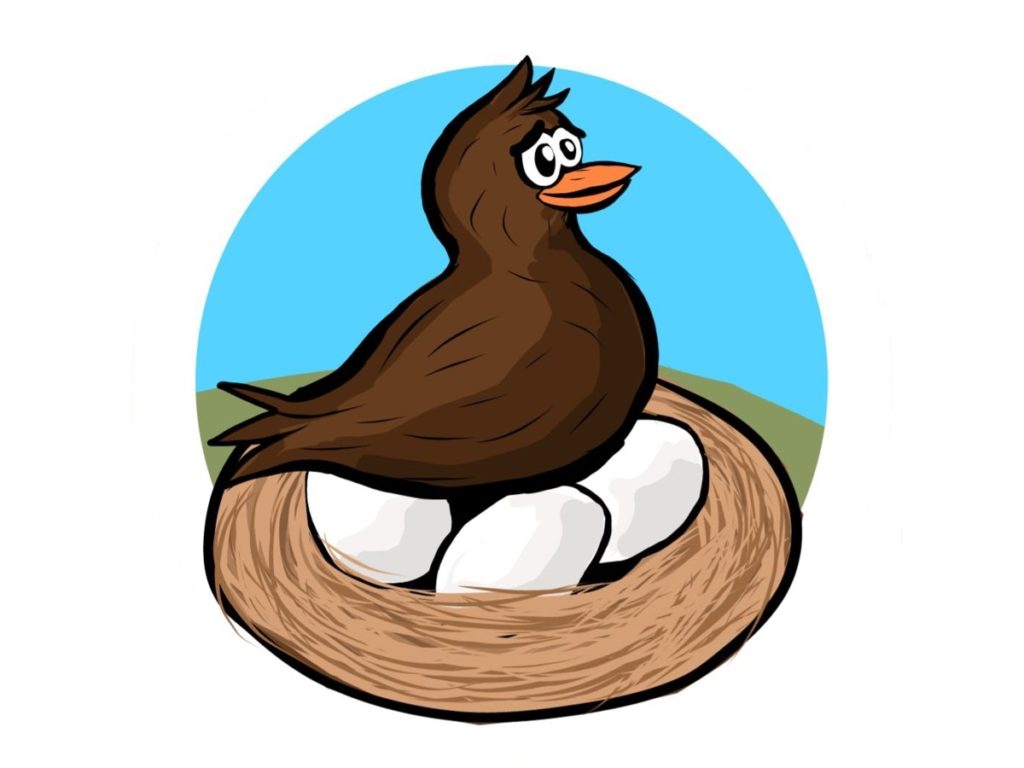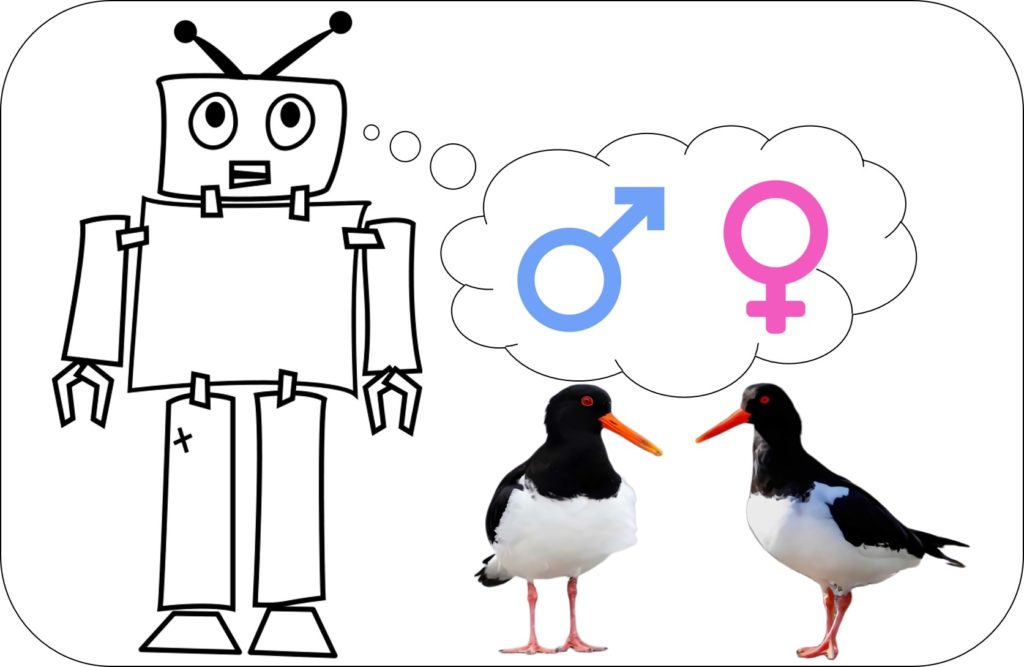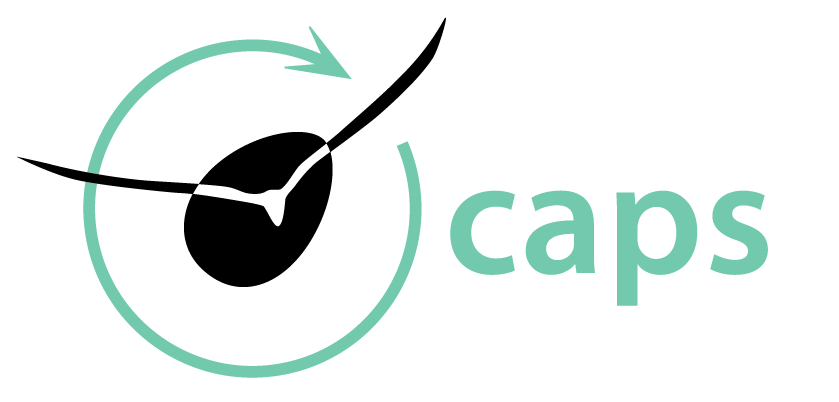My inner nerd, citizen science, teaching and other titbits
For some weird reason I really like playing with numbers, doing statistics, population modeling, and computer coding. You can wake me up (almost) any time for a project that involves any (or preferably more) of these topics. Yes, I have learned to embrace my inner nerd. I mainly code in R (with a bit of C and Python) and am particularly interested in the joint analysis of longitudinal data collected on multiple subjects (individuals, populations, species). Most recently, I have spent a lot of time on the use of machine learning tools in the analysis of ecological data and on state space / structural equation models to analyze hierarchical multivariate data.
Citizen science

Android app AviNest
In 2018 my group developed the AviNest citizen science app. This Android app allows volunteers to enter data on nest of all bird species breeding in the Netherlands on their mobile phone or tablet. Users can enter data on the location (using the phone’s GPS), habitat and parents of the nest (if banded), and the number of eggs, chicks and fledglings. For some species, the app automatic estimates egg-laying dates based on egg measurements and weights. The app also offers the opportunities to easily share data among volunteers, such groupmembers receive data of the nest visits each person has done on the same nest. Data can be uploaded to the online NestKaart database, which offers additional inbuilt features for analyses of reproductive success. The App has a google forum for asking questions, and a manual and instruction videos can be found here (in Dutch). AviNest was programmed by Mario Huizinga (RingIT) and co-developed by Sovon, with funding from BirdLife Netherlands.
Other citizen science projects involve a website developed by people from my group in 2019 on urban oystercatchers, where people can report on roof-nesting birds and learn how they can help them do well. Resightings of our colour banded birds can be reported here. And for coordination of citizen scientist we organize an annual volunteer day and I admin a Facebook group.
Statistics: R packages and machine learning

R packages climwin, hiphop & odprism
climwin is a freely available software package designed in the R statistical environment by Liam Bailey and me. It is used for conducting climate window analyses. There has been a growing interest in understanding how biological systems respond to climatic variation. However, the sensitivity of organisms to climatic perturbations will tend to vary across a year making it necessary to specify a smaller time ‘window’ within a year over which climatic data is measured and summarised. Often, this choice of climate window occurs with little a priori knowledge on a systems climatic sensitivity making such decisions somewhat arbitrary. climwin provides an exploratory approach for climate window analysis that tests and compares all potential climate windows. The package can be downloaded from CRAN and GitHub and has several vignettes with worked examples, a google forum for asking (and answering) questions and accompanying scientific papers [1,2,3]
hiphop is toolbox to determine parentage (both paternity and/or maternity) of offspring using bi-allelic genetic markers such as SNPs. It calculates the number of mismatches at different loci between offspring and any potential dam (mother) and sire (father) combination and compares whether the number of genetic misamtches if more than expected due to mutation and genotyping errors. The method is more powerful than conventional methods and therefore is particularly relevant for species in which parentage has to be distinguished among close relatives (e.g. brothers that all can be potential sires).
odprism is a toolbox that allows for determining the optimal design and power of random intercept and slope models. It includes functions that allow for easy simulation of datasets with different amounts of among-subject heterogeneity and of number of samples per subject and subjects and automatically calculates the bias, precision and power that can be obtained by analyzing such data using random regression models. The package is no longer updated and is archived at CRAN, but some updates were done on GitHub , see also its accompanying paper.

(Sex) Machine Learning
In many animals boys and girls look quite alike. Especially in birds the genitals are not located on the outside, and there may be little differences in appearance that allow us to distinguish between the sexes. In fact, in bird studies scientists generally rely on taking a tissue sample and perform DNA analysis in the lab to reveal the sex of an individual. We are working on a quicker, cheaper and non-invasive method to separate the boys from the girls using machine learning. We train a machine learning algorithm to use subtle differences in appearance in photos of birds (colour, shape) in combination with additional biometric measures (wing, leg and bill length, body mass) to classify birds from photos into either sex. We train this algorithm with photos of birds of which we have determined the sex in the lab. Subsequently we test how well this algorithm is able to predict the sex in a new dataset of photographed birds. Our aim is to explore how reliable ‘sex machine learning’ is and whether it can be used on a large variety of species using and develop a freely available software tool. This project is in collaboration with Track32.

In 2013 I took the initiative to bring together colleagues from various institutes to discuss further integration of avian research and different data sources to tackle large societal questions. Not much later the Centre for Avian Population Studies was founded, and now CAPS is now the knowledge centre for research on bird populations in the Netherlands, promoting research on demography (numbers, reproduction and survival) and driving environmental factors of bird populations for effective species conservation and management. Five leading organisations in the fields of ornithology and population studies collaborate within CAPS: Sovon Dutch Centre for Field Ornithology, the Dutch Centre for Avian Migration and Demography (Vogeltrekstation), the Netherlands Institute of Ecology, the Institute for Water and Wetland Research of the Radboud University of Nijmegen and the Dutch BirdLife partner (Vogelbescherming Nederland).
Teaching
I have taught in courses on biodiversity and on experimental design at the Australian National University, and for over a decade have contributed to the Animal Ecology Research course at the University of Groningen. In addition, I have given various workshops/master classes in ecological statistics , on topics such as capture-mark-recapture survival analyses, mixed models, climate window analyses, model selection and experimental design and power analyses (Melbourne, Monash, Groningen University, Australian National University, Netherlands Institute of Ecology) .
